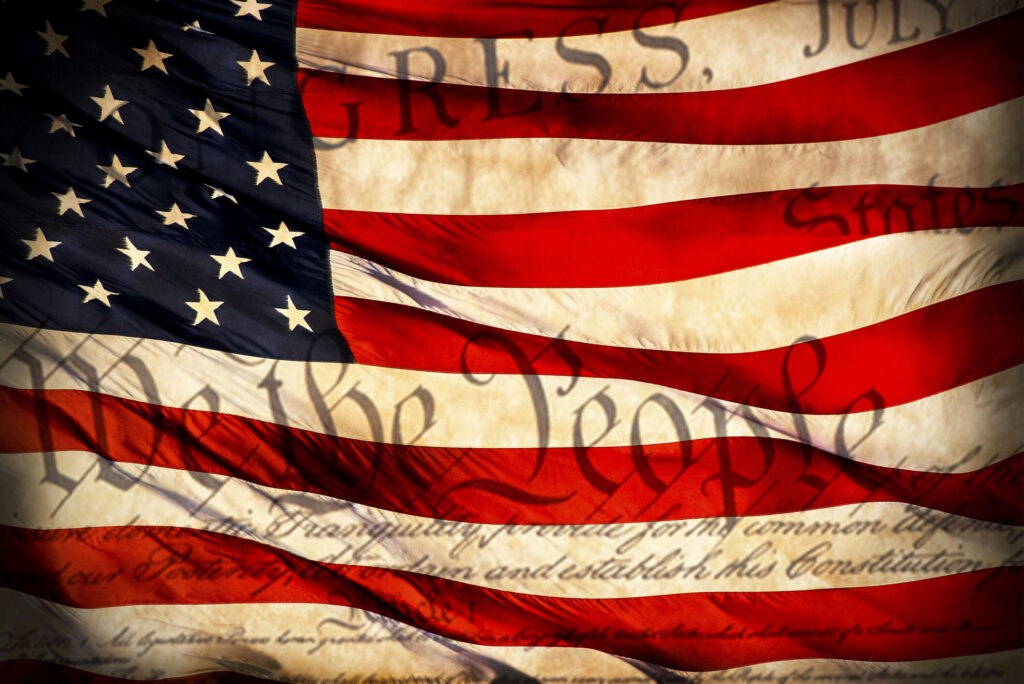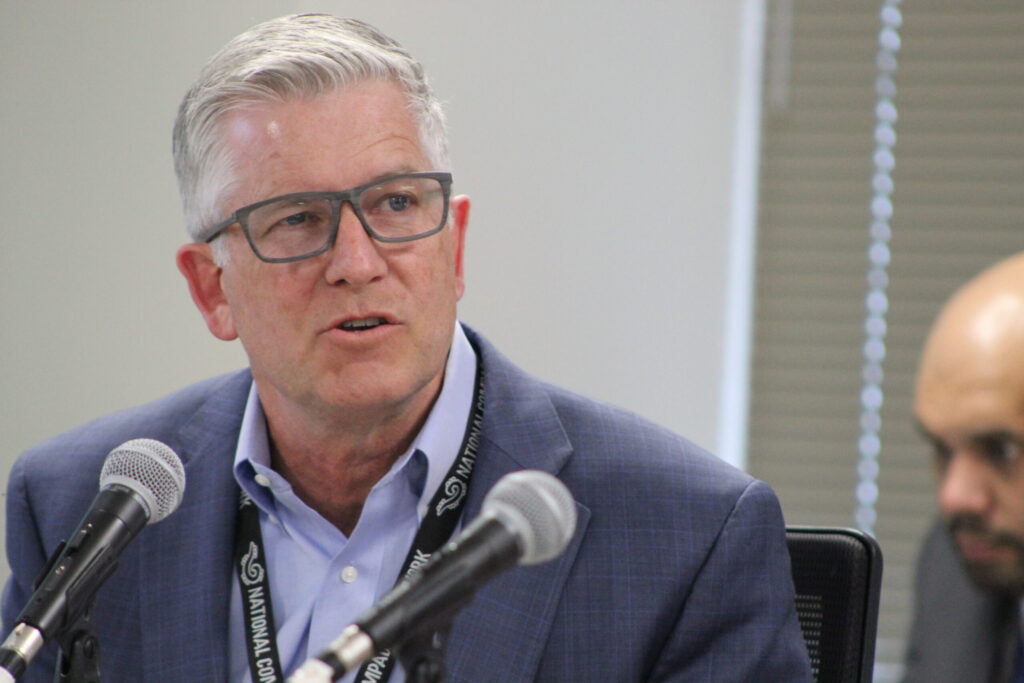Are we actually accepting school shootings as routine? | BIDLACK

Hal Bidlack
Last night, as I usually do, I sat down to watch the national news. I stick with CBS, perhaps out of habit, having grown up watching one of our nation’s greatest journalists, Walter Cronkite, deliver the news at 6:30 p.m. EST. My early memories of the news include Cronkite announcing the deaths of JFK and LBJ, as well as relentless reporting on the Vietnam war.
I recall tuning into the news back in April of 1999, when the world learned of the horrors of the Columbine High School shooting. Essentially the entire program reported on the dreadful events of that tragic day.
But last night was different. The first story reported was about the ongoing presidential campaign, and the school shooting in Georgia was the second news story reported. Even then, it was given roughly the same treatment as other news events happening that day — tragic and horrible. They talked to an expert who said gun availability was the problem, while another said it was a mental health issue and guns are rather innocent tools. I could take issue with the latter, but my fundamental concern is a mass shooting of kids in a school was reported on routinely, as just another event taking place in 2024 America.
That breaks my heart.
Colorado Politics is filled with stories worthy of comment, such as state courts now being involved in deciding if the new Colorado Springs outdoor concert venue is being too loud. Neighbors, understandably, object to the volume of noise coming from the site, insisting the performers are exceeding noise limits, while the venue folks say they are not. An interesting story about rights in conflict, but I’m not going to talk about that.
Stay up to speed: Sign up for daily opinion in your inbox Monday-Friday
Nor am I going to talk about the ongoing GOP state party meltdown, with either the current or the former GOP state chair — depending on what side you are on — going to court to decide who gets to run the party in the weeks approaching an important election. But I’m not going to talk about that either.
And I’m not even going to talk about Gov. Jared Polis signing an important property tax law passed by the special session that will kick the can of property taxes down the road for six years. It’s one of those pieces of legislation that neither side really loves, which likely means it is a good middle-of-the-road compromise. But, as I said, I’m not going to talk about that.
I’m not going to talk about any of that because I can’t stop thinking about the terror that must have been in the hearts of the students at Apalachee High School in Winder, Georgia, nor can I image the absolute dread in the hearts of the parents of students as they rushed toward the school, unsure if their child was alive or dead.
And we’ve been here so, so many times before, and we don’t do anything. I remember, years ago, thinking it would take the shooting up of a group of little kids, just past being toddlers, to finally shock our nation into doing something about gun mass violence. Then came Sandy Hook, and we did nothing.
More than five years ago, on these very pages, I wrote a few thoughts, from the point of view of a former military cop who carried an M-16 on patrol at the AF Academy and the point of view of a former professor who taught the Constitution, and with your permission, and the kindness of my editor, please allow me to re-tell a few things. Perhaps, just perhaps, in this election season with razor-thin margins in various races, some candidate’s team might read this and decide it is worth exploring.
First, we need to stop thinking about these guns as “military-style.” Style is how things look. I don’t care what guns look like. I’m a multiple gun owner myself, and for me style meant nothing, but for some (my favorite term is “Gravy Seals”) that want to pretend to be military, style is important, so let them have their 22-cal rifles with military-esque styling.
What matters are military-grade weapons. These are the tools of war folks in uniform are supposed to carry, not civilians. Some are obvious, and few object to prohibitions of items like flamethrowers and grenade launchers. But it gets tricky when we talk about assault rifles, especially the AR-15 type. So, let’s see if we can figure out a reasonable standard, shall we?
As I said half-a-decade ago, there are three questions that should be asked about any proposed gun for sale to the American people.
So, what are the three questions?
- How fast does the weapon shoot? The Dayton shooter got off 42 or more rounds inside of 30 seconds. No deer hunter needs that rate of fire, and you really don’t want to be spraying the better part of 50 rounds at the burglar you think is robbing you.
- How far does it shoot? A true military-grade weapon, like I carried, is designed to fire a very high-velocity round that can travel through your bedroom door and, frankly, through another house or two before being stopped. A shotgun, on the other hand, has much more “stopping power” and those pellets are far more easily stopped by walls and such.
- How many rounds does it shoot without reloading? This comes down to a rate of fire issue, in that semi-automatic and full-auto weapons fire much faster, with a simple trigger pull, than does, say, a shotgun. And this is also where magazine size matters. The El Paso shooter had 100 round magazines. Sorry, but no hunter needs that. Such magazines are for mass murder. As a military cop, I carried four clips with 30 rounds each for my M-16. I’d have been outgunned by the El Paso shooter.
I offer these thoughts, yet again, in the hopes perhaps, just perhaps, through word of mouth or someone posting a link to this op-ed someone in power might read and ponder my suggestions. Let the Gravy Seals have their military-looking weapons, as long as they are not actually weapons of war.
It is truly horrible mass school shootings are becoming less “newsworthy,” and I’m not at all optimistic the NRA and its tiny membership can be defeated by truly common-sense laws. But we have an election soon, and who knows?
Stay tuned.
Hal Bidlack is a retired professor of political science and a retired Air Force lieutenant colonel who taught more than 17 years at the U.S. Air Force Academy in Colorado Springs.










